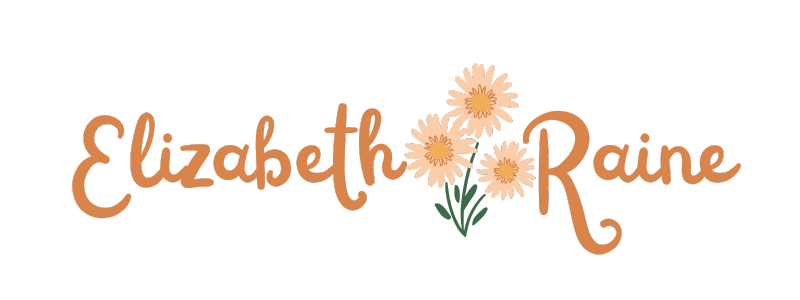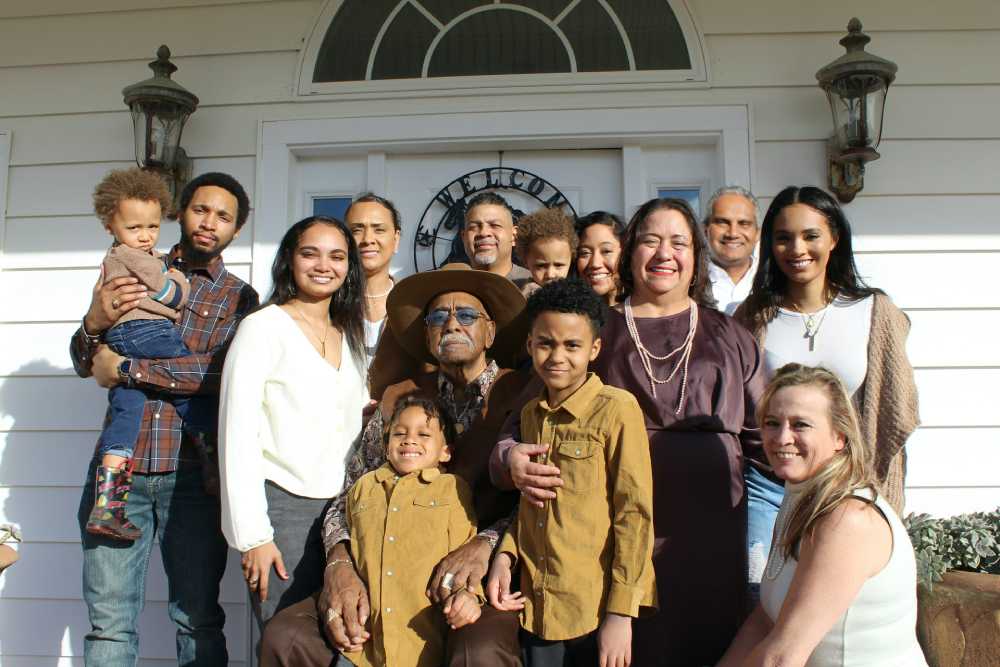Entering the world of genealogy can often begin with a maze of kinship terms, each holding its unique position in the family tree. From immediate to extended family, the terminology lays the groundwork for understanding how individuals are connected.
For example, ‘first cousin’ is a term used to describe the children of one’s aunts and uncles. But as we branch out into more distant tiers of the family hierarchy, the terms become less familiar to most of us. So what is a 1st cousin once removed? Someone who is a cousin once removed belongs to the generation directly above or below you.
Only 6.25% of the DNA of first cousins is shared by them once removed, whereas only 3.25% of the DNA of second cousins is shared by them. There is also richness in learning these terms’ history and cultural variations and how they came to define our familial ties. Such knowledge connects us with our lineage and teaches us about the evolution of family structures throughout history.
Beyond First Cousins: Navigating the Branches of Your Family Tree
The designation ‘once removed’ often puzzles those new to genealogy, and rightly so, as it straddles generations rather than direct lineage. Essentially, your first cousin, once removed, is a term for the children of your first cousins or, conversely, the parents of your second cousins.
This terminology enables genealogists to articulate the exact connection of relatives across different generations. These distinctions can unlock new avenues in your ancestry research, as understanding the generational nuances might lead you to a long-lost family branch. Using resources, anyone can understand their family’s generational relationships, a cornerstone of genealogical research.
Genealogy Research Techniques for Mapping Your Ancestry
The journey into one’s past usually starts with gathering family stories, poring over old photographs, and examining letters passed down through generations. When verbal and visual histories have been exhausted, public records such as censuses, birth certificates, and marriage licenses become indispensable.
These official papers often provide crucial links between generations and can confirm or refute long-held family lore. In recent years, DNA testing has taken a front seat in the genealogy tool kit, providing concrete biological connections and even pointing individuals to unknown relatives.
This scientific advancement has made it easier for many to cross-reference and confirm familial ties, thus strengthening the fabric of their genealogical narrative.
The Role of Cultural Differences in Family Naming Conventions
While the Western world typically uses a standard set of kinship terms, other cultures offer a wealth of terminology that reflects the complex structures within their societies. For example, in some Asian cultures, there are distinct names for relatives on the mother’s side (maternal) and father’s side (paternal) of the family.
Some languages even have different terms for older and younger siblings, reflecting the importance of age hierarchy. Such depth in kinship terms highlights the intertwined nature of culture and family, where each supports and shapes the identity of the other.
When conducting genealogical research, respecting and acknowledging these cultural differences becomes crucial, as it can yield a more authentic and respectful understanding of one’s ancestry.
Common Misconceptions About Family Relationship Terms
In casual conversation, it’s common for ‘second cousin’ and ‘cousin once removed’ to be mistakenly used interchangeably. These terms, however, represent distinct relationships: your second cousin shares a set of great-grandparents with you, while a cousin once removed refers to different generations of cousins.
These details can significantly impact interpreting family history and inheritance rights. Dispelling such myths serves the family’s legacy, ensuring each generation is placed correctly and recognized within the historical tapestry.
Genealogy Technology: Tools to Trace Your Family History
The digital era has given us a treasure trove of tools to unearth our past. Online databases, specialized genealogy software, and collaborative platforms have transformed the landscape, making it easier and more accessible for individuals to embark on their ancestral quest.
Whether you’re building a family tree, searching for distant relatives, or simply curious about your ethnic makeup, there’s a tool designed to facilitate your journey. The convenience and comprehensiveness of these resources save time and open doors to connections that would have remained hidden in the eras before their existence.
The Legal Importance of Understanding Family Relationships
Accurate family relationship terms aren’t just integral to family reunions or satisfying one’s curiosity; they often have legal ramifications. In inheritance matters, establishing the correct degree of kinship can influence who has the legal claim to an estate.
Similarly, demonstrating a family relationship in immigration cases may be essential to an application’s success. When properly understood and applied, kinship terms become tools for justice and equity within the law and familial rights.
Planning Family Reunions With a Better Grasp of Kinship
A precise understanding of how individuals relate brings new life into family gatherings. As distant relatives stand less of a mystery, event planners can create more engaging and inclusive reunions.
These occasions become opportunities for storytelling, sharing genealogical discoveries, and strengthening bonds beyond the nuclear family. They remind us that our branches stretch wide and that every leaf and root on our family tree is integral in shaping who we are.
Genealogy Tips for Beginners: Starting Your Ancestral Journey
For newcomers to the field of genealogy, starting small and embracing patience are often the best approaches. There is an art to uncovering the tapestry of one’s lineage, and like any artistic endeavor, it requires time, care, and a willingness to uncover truths and occasionally confront myths.
Connecting with online forums, local history groups, and national archives is also beneficial to gather insights and advice. As the journey unfolds, the thrill of discovery — uncovering a family secret, connecting with long-lost relatives, or simply confirming age-old stories — fuels the passion for this fascinating pursuit.
Decoding your family tree is a fulfilling endeavor connecting you with history, culture, and identity. By understanding the complex kinship terms and utilizing various resources, you can build a family tree that is a testament to your lineage and legacy.
A more profound comprehension of where you come from will help shed light on your path forward, as every individual is a composite of the generations that preceded them.





